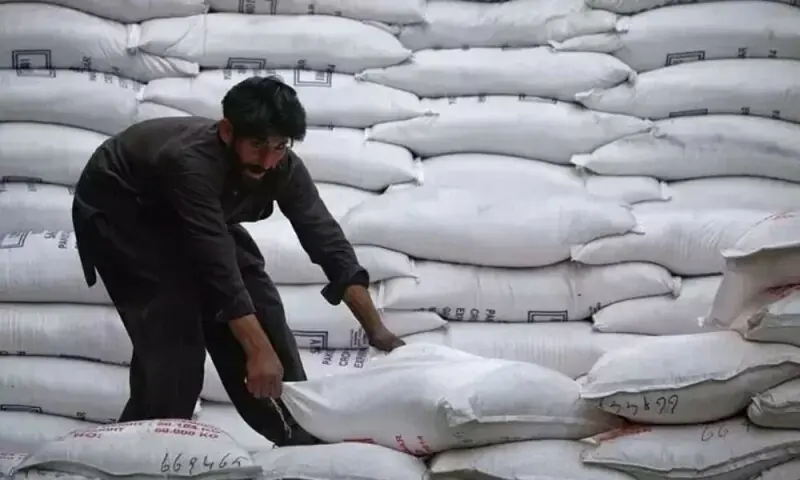NEW DELHI/MUMBAI: India needs to double its sugar export allocation to 2 million metric tons in the new season, as lower diversion of sugar for ethanol production is expected to leave a larger domestic surplus, industry officials said on Thursday.
Higher exports from the world’s second-largest sugar producer could pressure benchmark New York and London futures which are hovering near five-year lows.
India was the world’s second-largest sugar exporter in the five years to 2022/23, with shipments averaging 6.8 million tons annually. But a drought prompted the government to ban sugar exports in 2023/24, allowing only 1 million tons last year.
“If you are talking about likely export volumes for this season, we’re looking at up to 2 million tons of sugar going out of the country,” Deepak Ballani, director general of the Indian Sugar & Bio-Energy Manufacturers Association (ISMA), told Reuters.
India’s net sugar output for the 2025/26 season, which began on Oct. 1, is estimated at 30.95 million tons after diverting about 3.4 million tons for ethanol production, up 18.5% from last year, according to ISMA.
Asia rice: Sluggish demand, harvest supplies weigh on rates across top hubs
The industry body had earlier expected a diversion of 4.5–5 million tons of sugar for ethanol this year, but only 28% of the total allocation for the biofuel went to sugar-based ethanol, with the remainder allocated to feed-based ethanol plants.
INDUSTRY SEEKS TO START EXPORTS BEFORE BRAZIL’S NEW SEASON
The industry has urged the government to allow mills to begin sugar exports early so they can produce raw sugar at the start of the season for overseas shipments, said Prakash Naiknavare, managing director of the National Federation of Cooperative Sugar Factories (NFCSF).
India will have a short window of nearly three months to export before Brazilian supplies from the new season start and weigh on global prices.
Domestic sugar prices are currently higher than global rates, but Indian mills expect export parity by early December as new-season supplies begin to pressure local markets, said Ballani.
“Sugar mills will incur losses due to large unutilised capacity for ethanol as many mills expanded capacity following the government’s push for 20% ethanol blending in petrol, and they will have to produce more sugar,” Ballani said.


